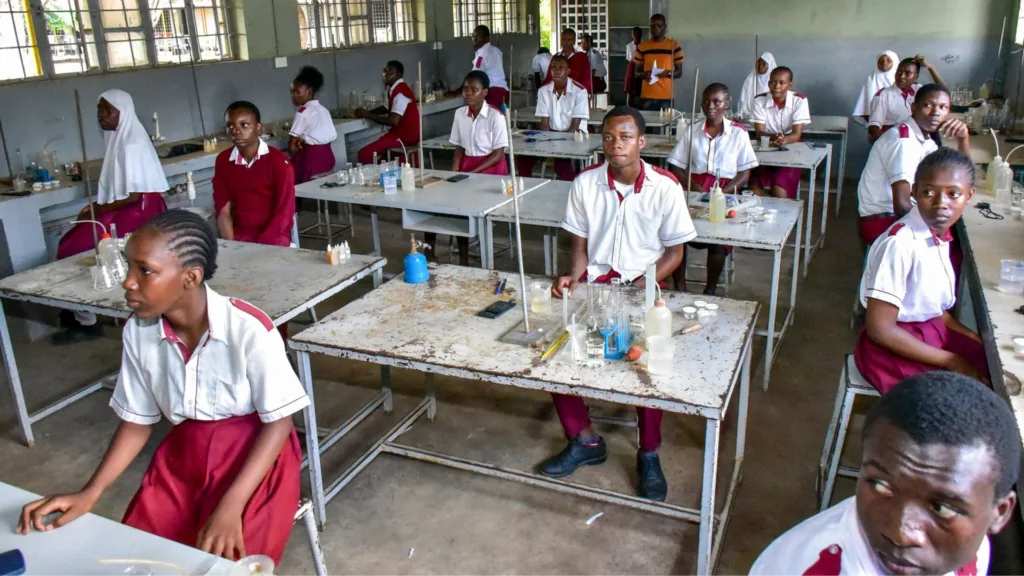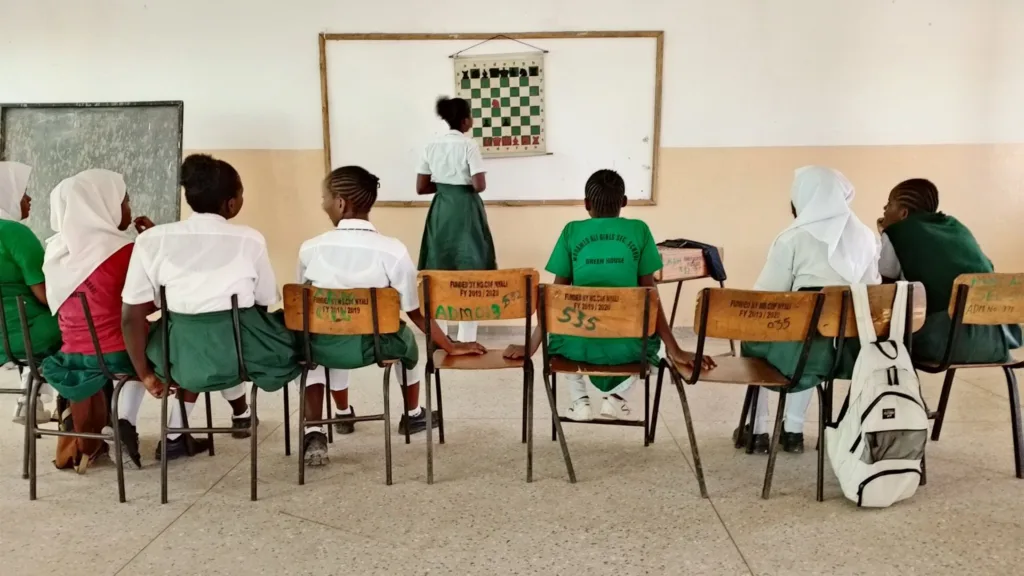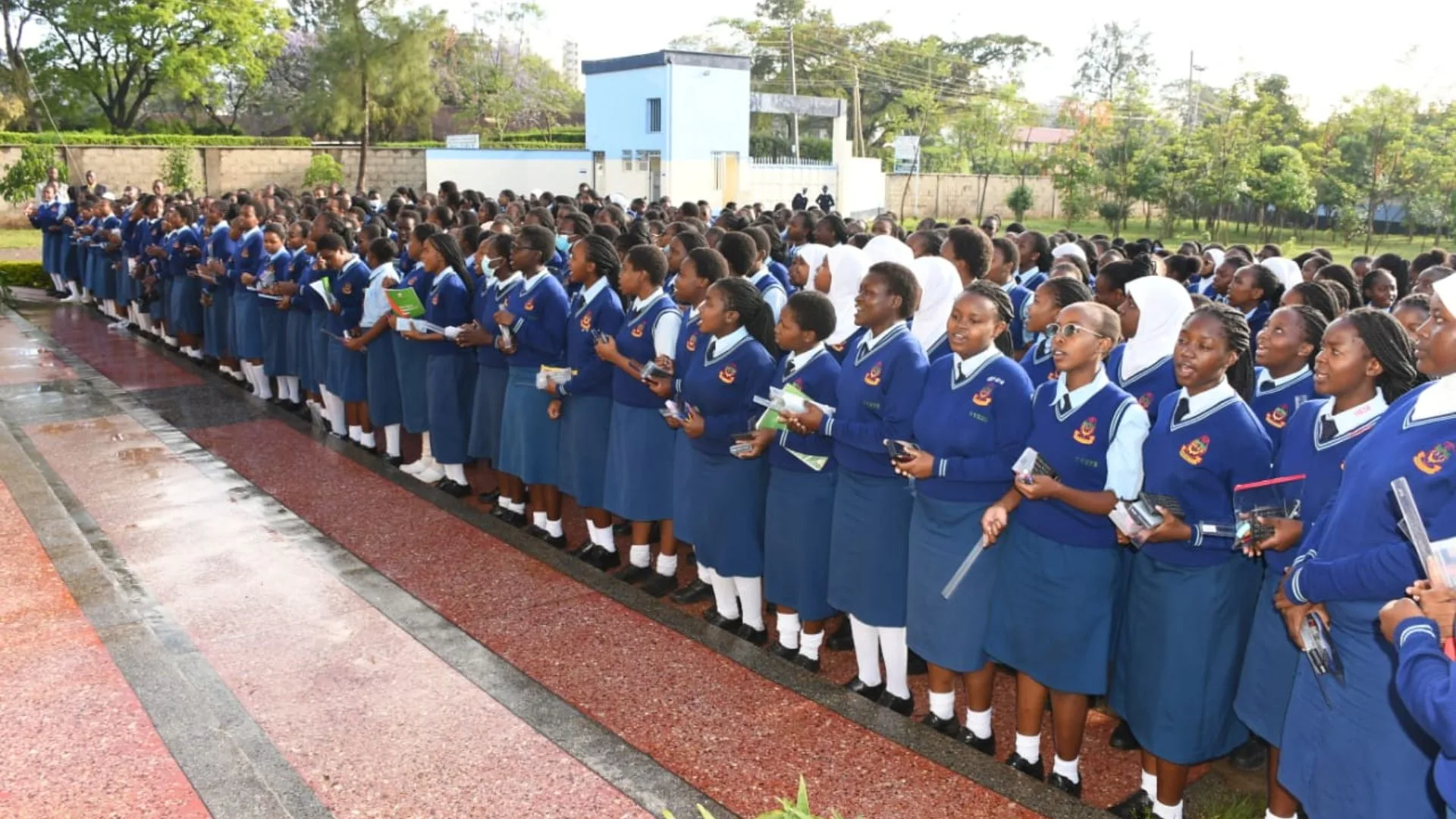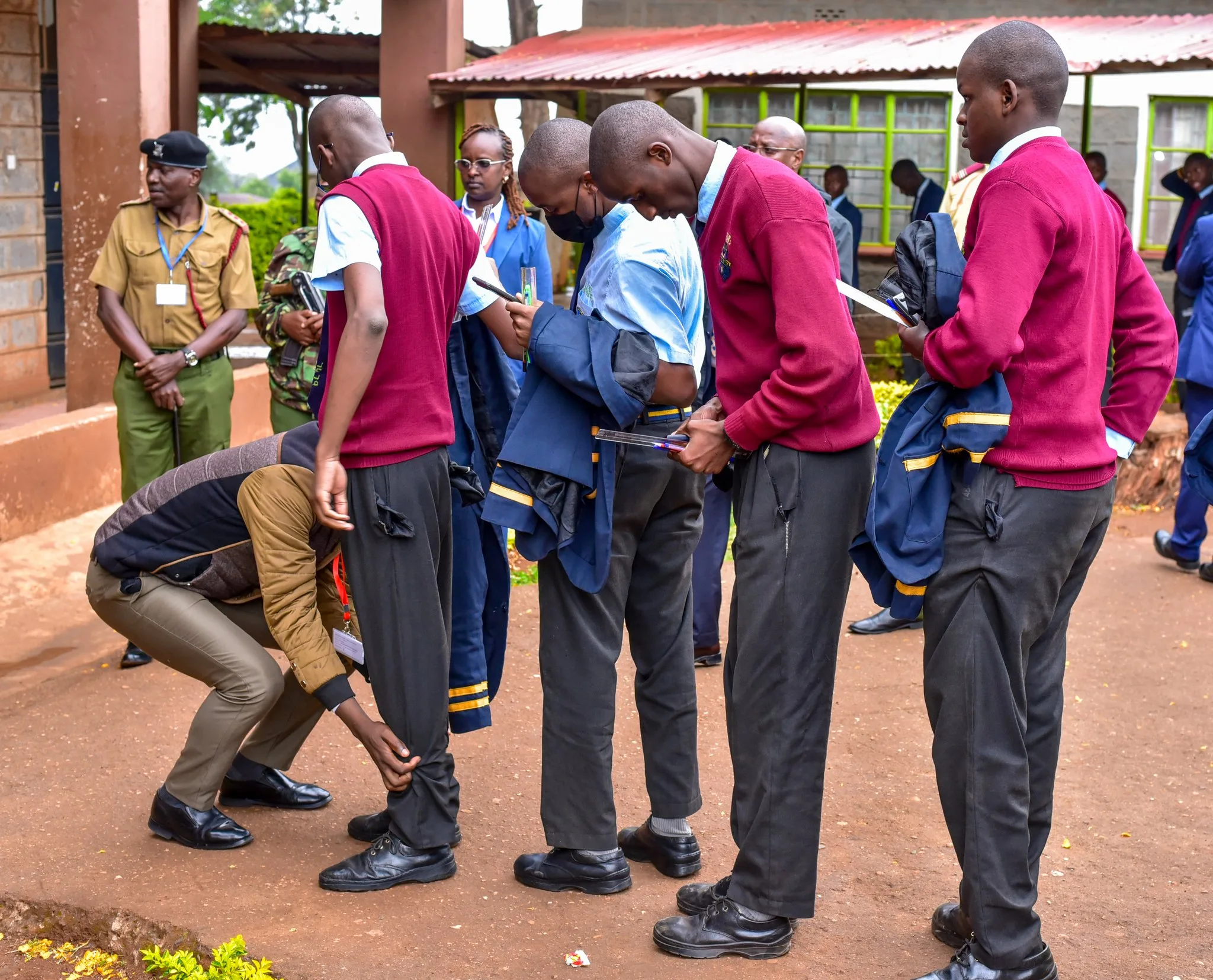Daily Cost of Educating a Secondary School Student in Kenya; Proposed Fee Adjustments.
School administrators in Kenya incur Sh378 daily to sustain a student in a national school. Those in extra-county and county schools spend Sh358 per learner each day, while day scholars require Sh110.
The Kenya Secondary Schools Heads Association (Kessha) compiled these figures and asserts that either the government or parents need to contribute more since the current capitation and school fees are insufficient to support effective learning.
A proposal by Kessha to the Ministry of Education outlines the financial requirements to cover various expenditures. These include costs for teaching and learning materials, boarding, equipment and stores (B.E.S.), repairs, maintenance and improvement (RMI), and local transport and travel (L.T. & T.).
Additional voteheads include administration expenses, electricity, water, and conservancy (E.W.C.), as well as personal emoluments for non-teaching staff, activity fees, medical insurance, lunch programmes, and an approved maintenance and improvement fund.
According to Kessha’s report, the figures are determined by summing all voteheads and dividing by the average number of school days per year (252). This calculation provides the daily cost of keeping a student in school, which is then used to determine the annual cost per student and the total payable fees for the year.
| Votehead | National School | Extra/County School | Day School |
|---|---|---|---|
| Teaching learning materials/SMASSE | 22 | 22 | 22 |
| Boarding Equipment and Stores (B.E.S) | 180 | 180 | – |
| Repairs Maintenance and Improvement (R.M.I) | 8 | 8 | 8 |
| Local Transport and Travel (LT&T) | 25 | 25 | 17 |
| Admin costs | 29 | 22 | 11 |
| Electricity Water and Conservancy (EW&C) | 30 | 28 | 9 |
| Physical Education (P.E) | 63 | 52 | 26 |
| Activity | 13 | 13 | 9 |
| Medical insurance | 8 | 8 | 8 |
| Cost per day | 378 | 358 | 110 |
The Funding Gap
School principals argue that the existing fee guidelines are unrealistic, leaving either the government or parents to bridge the financial shortfall.
The official annual fees that parents are required to pay stand at Sh53,554 for national schools and Sh40,535 for extra-county and county schools. Day scholars do not pay tuition fees but contribute towards lunch, as determined by the school administration and the parents’ association.
Under the Free Day Secondary Education (FDSE) programme, the government is supposed to allocate Sh22,244 per student annually.
However, Kessha reports that this amount dropped to Sh10,490 in the past year, leading to an accumulated debt of Sh54,220,185,855 since 2019. A third of this deficit pertains to 2024 alone.

Proposed Fee Adjustments
To address the budget shortfall, principals have recommended increasing annual fees to Sh73,182 for national schools, Sh68,023 for extra-county and county schools, and Sh5,372 for day schools.
Kessha notes that in 2008, when the FDSE programme commenced, schools received Sh10,625 per student, which was higher than the current disbursement after deductions.
The financial needs of schools are assessed based on the price trends of essential goods and services from 2015 to 2025. These include stationery, fuel, electricity, food, construction materials, and salaries. Kessha estimates a 46.7 percent average rise in costs.
Kessha chair Willy Kuria has stated that the association has continuously raised concerns with relevant authorities whenever corrective measures were necessary.
Kessha highlights that since 2018, when the last review of school fees and capitation was conducted, the cost of goods and services has significantly increased.
It has urged the government to establish a minimum essential package allocation for schools, independent of student enrollment, as recommended by the Presidential Working Party on Education Reform.
The delayed and partial disbursement of capitation funds, combined with the increasing cost of goods and services, has significantly strained the management and sustainability of schools.
According to Mr. Kuria, the financial difficulties have worsened due to school fees that remain inadequate and fail to align with the prevailing economic conditions.
He emphasized that unless authorities intervene swiftly, secondary schools in Kenya face an imminent risk of closure, which would have a detrimental effect on the future of many students.
School principals have highlighted several critical areas that require immediate attention to ensure schools continue to function effectively while delivering quality education.
One of the key concerns is the stagnation of capitation funds over the years despite the sharp rise in operational costs.
Historical Capitation Adjustments
In 2008, the capitation per learner stood at Sh10,625, which was later increased to Sh12,870 in 2015 and further to Sh22,244 in 2018.
However, the current capitation remains at Sh22,244 per learner, a figure that has not been reviewed in seven years.
The prevailing economic conditions render this amount inadequate. With inflation having surged between 41 and 47 percent since 2015, the costs of essential goods and services have escalated drastically.
A document detailing cost changes indicates that the price of a ream of copier paper has risen from Sh420 in 2015 to Sh890 in 2025, marking a Sh470 increase. Additionally, the budget for non-teaching staff salaries, which was Sh127,672 per month in 2015, has now escalated to Sh169,441.
Read Also: Students Left Stranded as HELB Funds Delay: MP Demands Answers
Other vital commodities have also seen significant price hikes: a bale of salt has increased from Sh580 to Sh980, 17kg of cooking fat and a 50kg bag of rice that cost Sh3,600 in 2015 now sell for Sh7,200.
Similarly, a 50kg bag of sugar has risen from Sh5,000 to Sh7,800, while the cost of a 90kg maize flour bag has nearly doubled from Sh4,500 to Sh8,800. The price of firewood, previously Sh16,000 for a seven-tonne lorry, now stands at Sh25,000.
The association has analyzed these cost variations and reported that the price of essential goods in 2025 amounts to Sh302,879, compared to Sh206,441 in 2015.
This represents a 46.7 percent increase. Based on this analysis, the association suggested that the concept of the unit cost per student should be reviewed, leading to a necessary school fees increment to sustain operations.

Follow Teachers Updates on Facebook, LinkedIn, X (Twitter), WhatsApp, Telegram, and Instagram. Get in touch with our editors at [email protected].



Discussion about this post